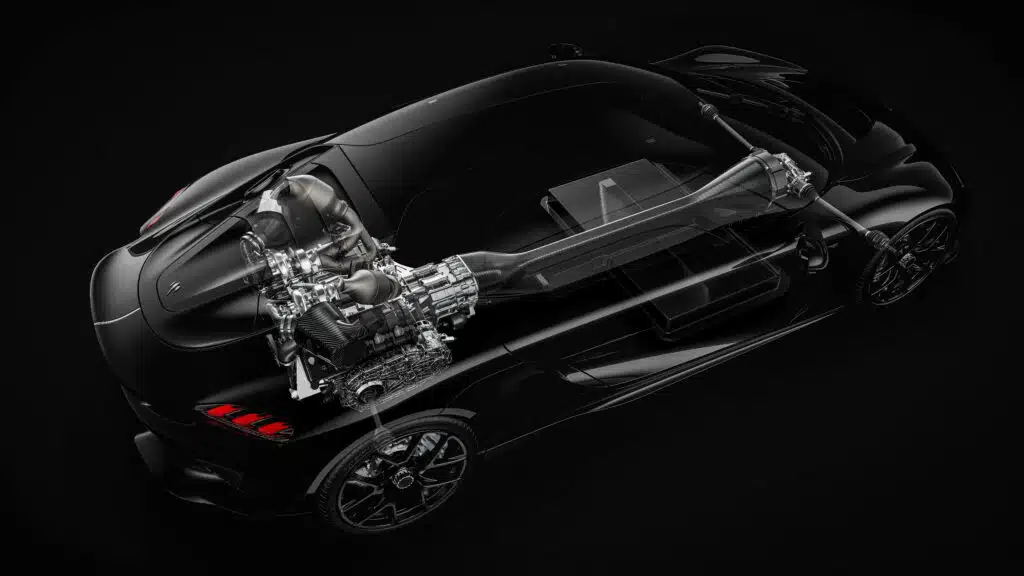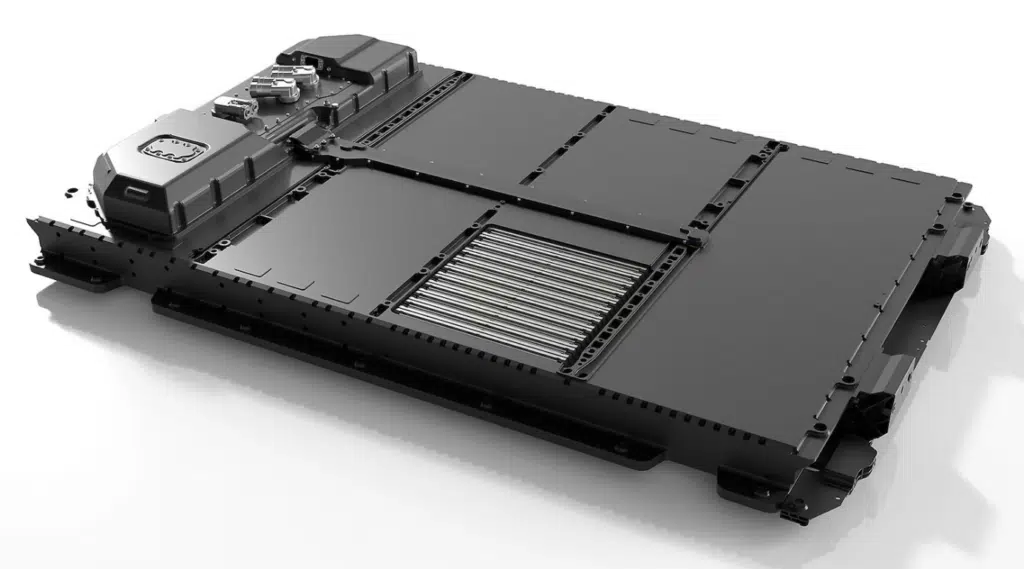Scientists unveil self-healing battery that could be a game changer for EVs
Published on Aug 23, 2025 at 2:19 AM (UTC+4)
by Callum Tokody
Last updated on Aug 21, 2025 at 3:10 PM (UTC+4)
Edited by
Kate Bain
A self-healing EV battery designed to extend battery lifespan could mark a turning point for the electric vehicle and hybrid industry.
European scientists have confirmed progress on a project that uses sensors and repair systems to keep batteries working for far longer than today’s models.
Current packs typically last around eight to fifteen years, but researchers say this technology could double that timespan.
If it works as planned, it may change how drivers think about electric vehicle ownership.
VISIT SBX CARS – View live supercar auctions powered by Supercar Blondie
The race to build a tougher EV battery
Battery lifespan has been a central concern for electric vehicle buyers, with many questioning how long a pack can hold up before costly replacement.
The EU-funded PHOENIX project is testing a self-healing battery that monitors changes inside its cells and triggers repair when needed.
The aim is to extend usable life, improve reliability, and reduce the number of packs that end up as waste.
The EV battery system uses sensors to collect information on heat, voltage, swelling, and gas buildup, which can be early signs of damage.
When a problem is detected, the system can respond by applying controlled heat, reshaping the cell, or disrupting small metallic structures that form during charging.

These measures are designed to prevent failures that shorten performance or risk safety.
Johannes Ziegler, a materials scientist at Germany’s Fraunhofer Institute for Silicate Research ISC, told Horizon magazine that the goal is to increase lifetime while cutting resource demand.
Fewer replacements mean fewer materials mined and processed, which lowers both environmental impact and cost.
Adding more sensors and repair functions increases production expenses, but researchers are studying which ones provide the most benefit.
The long-term target is a smaller, lighter EV battery that performs more consistently over time.
What it means for electric vehicles
A self-healing EV battery could lower ownership costs by lasting well beyond 20 years, keeping the same pack in use for the lifetime of a car.
That longevity also means fewer batteries reaching recycling facilities, easing pressure on systems that process used packs.
Improved safety is another benefit. By preventing internal faults from escalating, the system reduces the risk of serious failure.
While studies show an electric vehicle is less likely to catch fire than a gasoline car, reinforcing consumer trust remains important for growth.
Work on self-healing battery technology is also underway outside Europe.

Teams in the United States and Asia are exploring new designs that stretch or repair themselves during use.
Inspection tools developed by other companies aim to spot flaws before packs ever leave the factory.
Together, these efforts show how the industry is moving toward batteries that are both more durable and more sustainable.
Analysts expect that combining longer battery lifespan with improved recycling and falling production costs will accelerate the shift to electric vehicles.
If the PHOENIX project succeeds, the self-healing EV battery could set a new standard for durability and reshape the market for years to come.
DISCOVER SBX CARS: The global premium car auction platform powered by Supercar Blondie
Callum Tokody is a content writer at Supercar Blondie, where he covers the latest in the automotive world with a focus on design and performance. With a background in automotive journalism, he has contributed to a range of publications in Australia and the UK. In addition to his writing, Callum also heads up PR and communications, helping to build and strengthen partnerships within the industry. Outside of work, he’s a design enthusiast with a soft spot for anything with a V8 and a good story.




